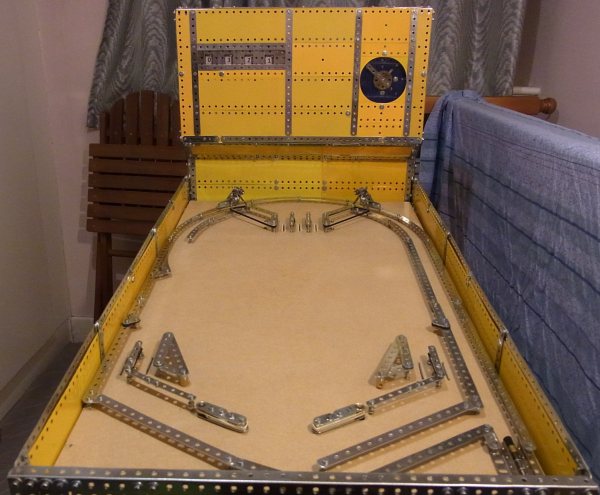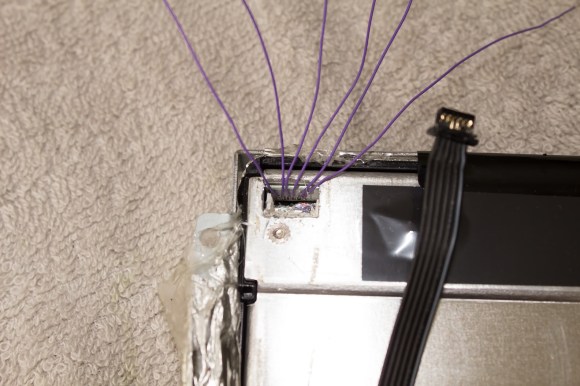[Cabe Atwell’s] latest project is a work of art. Let us introduce the Drinkmotizer: a Raspberry Pi Drink Mixing Robot.
As [Cabe] says, almost every engineer has a drink-mixing robot on their project todo list. We’d probably have to agree; they’re functional, cool, and useful at parties.
You need the Drinkmotizer at your party… At some point, dexterity for drink mixing is lost at a gathering.
Drinkmo is your designated, sober, mixologist.
Your enabler.
Your friend.
Drinkmo works by rotating a long leadscrew that moves the mixing glass from bottle to bottle. The entire setup is made using aluminum extrusion, and is by nature, completely expandable. On the top shelf are gravity fed shot dispensers, controlled by 12VDC car lock actuators. The chaser station (at the end, on the right) works differently. The chaser bottle is actually pressurized by a paintball gun tank and dispensed using a solenoid valve. We hope he’s got a pressure regulator in there, considering the pressure capacity of paintball tanks can range from anywhere from 1000-3000PSI!
The entire system is controlled by a Raspberry Pi running Raspbian, and [Cabe] is using Tkinter for the GUI of the program. He’s got tons of info on the original forum post linked above (including the schematic!), and if you stick around after the break, there’s a very well produced video of Drinkmo in all its glory.



 Does your bicycle master boardwalk and quagmire with aplomb? If it was built by the
Does your bicycle master boardwalk and quagmire with aplomb? If it was built by the 












